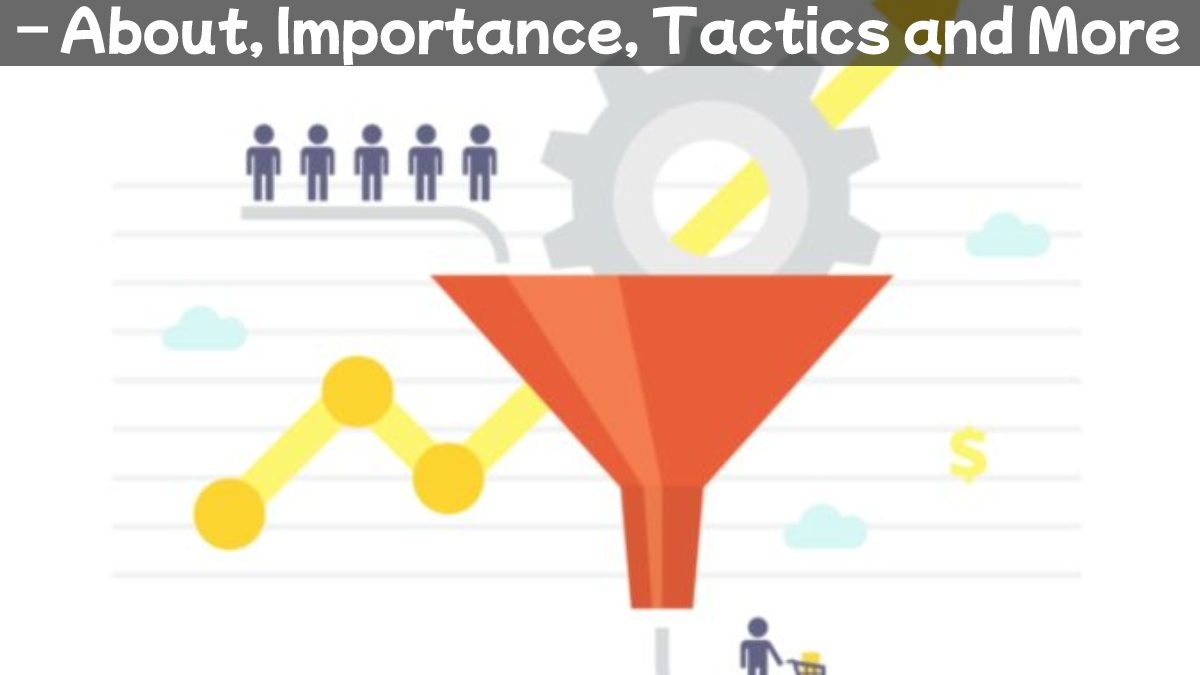Table of Contents
What Is Conversion Marketing?
Conversion Marketing – The goal of conversion marketing is to increase the proportion of website visitors who perform a certain activity known as a conversion. A conversion is sometimes associated with a client completing a purchase, however the intended activity may really be something else, like signing up for a webinar or filling out a form. Instead than merely attempting to increase traffic, It also focuses mostly on strategies to boost conversions from existing traffic.
It integrates with other online marketing strategies, including lead generation and search engine optimization (SEO), to create comprehensive marketing campaigns that cover every stage of the buyer’s journey.
Also read : The Best Business Practices You Should Know
The Importance of Conversion Marketing
Online marketing makes it simpler and less expensive to produce leads than it does for physical businesses, but the conversion rate is substantially lower. The average landing page conversion rate for all sectors, according to WordStream, is 2.35%.
Conversion marketing requires you to pay close attention to your site’s conversion performance. This helps you identify the reasons why only a few people are converting, or the reasons for a sudden drop in conversions, and take the necessary steps to get back on track.
If with 10,000 visitors to your landing page, 1% converts into customers, that means 100 purchases. Conversion marketing helps to improve this balance, so even a one percent increase in this case turns into 200 purchases. Reduce your conversion rate to 5% or even 10% to dramatically increase your income.
What Is A Marketing Conversion Rate?
A digital marketing conversion rate is the percentage of users who complete a desired action on your website, social media page, email campaign, or other digital platform.
This action, i.e. actions can be:
- Buying a product
- Subscribing to a service or newsletter
- Download Resources
- Sending electronic forms
- And more
Formula for determining the conversion rate:
number of visitors who converted / number of people who visited the page x 100
Digital marketing campaign conversion rates provide insight into campaign performance and deliver measurable results for your business.
Conversion rates can also indicate problems with the user’s online experience. Low or abnormal conversion rates are sometimes the result of a poorly planned customer journey (more on that later!) or opaque information.
For example, 25% of shoppers abandon a cart because the final cost is much higher than originally declared.
In a sense, the conversion rate is a measure of the pulse of your online business. They are:
- Specify the effectiveness of your marketing strategy
- Indicates potential problems in the customer journey
- And thus save money that companies would otherwise drown by enhancing poorly designed strategies or customer journeys.
Decision makers can use this knowledge to refine the user’s journey through the marketing funnel in order to further improve conversion rates.
Also read : Best Guide For Video Presentation Software For Business
5 Conversion Marketing Tactics
Marketing teams use many methods to achieve their conversion goals. Some of these tactics include:
1. Establish a Distinct Value Proposition.
You need communications that are clear and value-driven if you want to convert interested consumers into paying customers through conversion marketing. This marketing is simple, unlike other techniques that could prioritize comedy or style to grab the viewer’s interest. Concise content and a strong call to action should be used to explain to potential buyers why they should purchase your goods right now (CTA).
2. Improve Site Navigation.
Conversion marketing teams increase sales by improving their website and removing any barriers or roadblocks that may prevent potential customers from making a purchase. Focus on improving the user experience in your apps and website. Content marketers use heatmaps, A/B testing, and other analytics tools to make sure customers have an optimized landing page with a clear call to action, that pop-ups are distraction-free, and that the sales funnel is frictionless and attention-grabbing.
3. Invest in High Performing Channels and Retargeting.
Your conversion marketing strategy should track conversions across individual marketing channels, allowing your team to reevaluate strategies and invest in higher ROI tactics. You can then use the most effective channels for retargeting or remarketing campaigns to encourage potential customers to come back and convert.
4. Review Support Tickets.
Conversion marketers analyze support tickets for data, especially tickets from potential customers who have a problem they need to solve before making a purchase. They use this real-time data to improve the buying process and make it as easy and smooth as possible to increase conversions.
5. Track Other Conversion Metrics.
In addition to tracking marketing channels and support cases. This marketing teams analyze data from other sites to optimize the conversion process. They look at cart abandonment statistics, email click through rates, the amount of time customers spend from first visit to purchase, high converting customer demographics, and overall website traffic. They then implement new marketing tactics to increase conversions. Also such as sending special email marketing campaigns with special offers to customers who have abandoned their carts.
Also read : Full Guide For Business Plan Introductions

